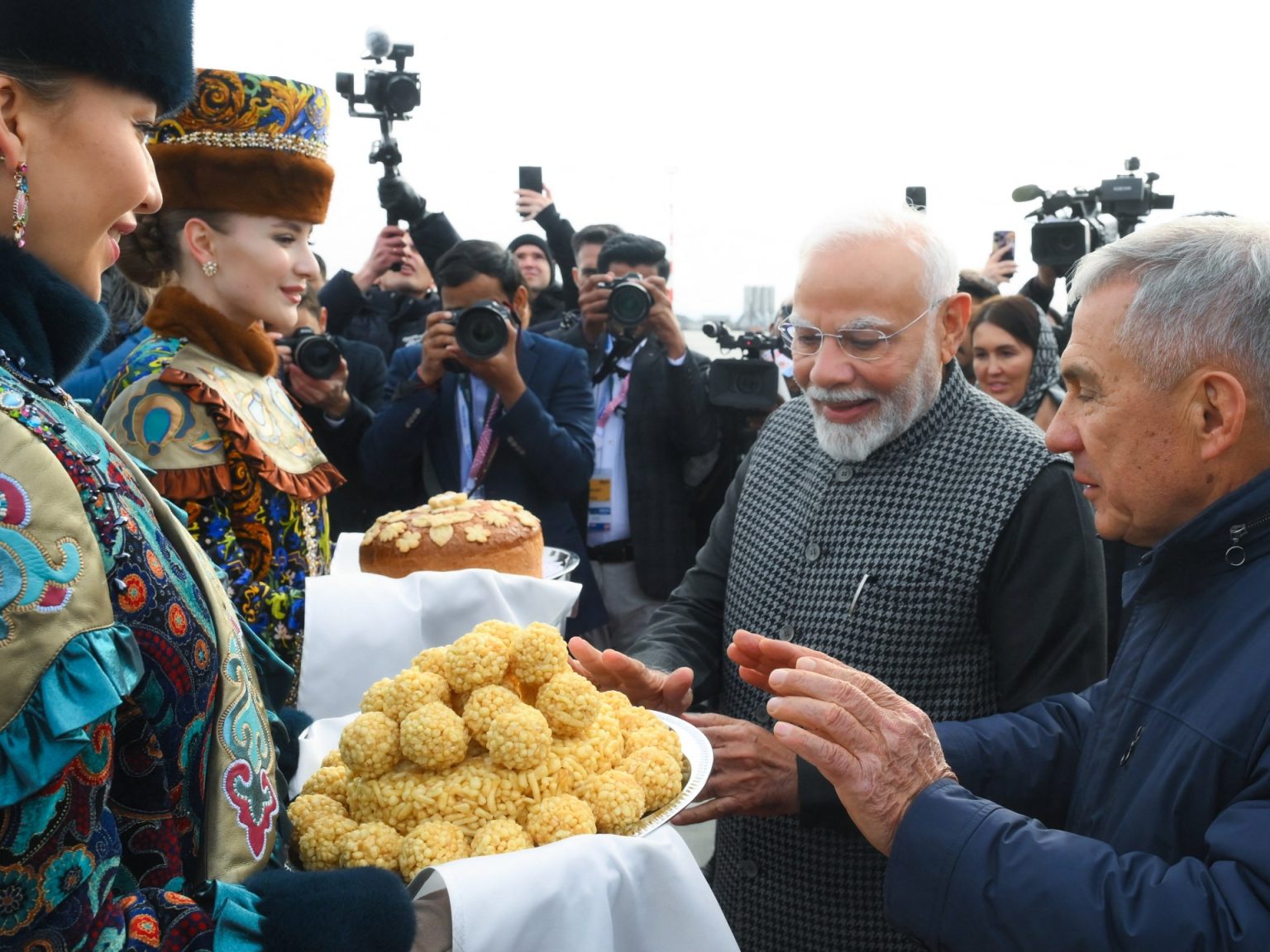The annual BRICS summit, hosted by Russian President Vladimir Putin in Kazan, is the largest gathering of world leaders in Russia in decades, occurring at a time when Russia is in conflict with Ukraine. BRICS consists of Brazil, Russia, India, China, and South Africa, with the aim of challenging the economic and political dominance of the West. The group convenes annually to set priorities and discuss issues, with the current summit marking the 16th gathering. In 2023, BRICS extended invitations to include Egypt, Ethiopia, Iran, Saudi Arabia, and the United Arab Emirates, with Saudi Arabia yet to formally join. Argentina declined an invitation after a change in leadership.
The BRICS summit has attracted two dozen world leaders, including members of the BRICS countries – Indian Prime Minister Narendra Modi, Chinese President Xi Jinping, and South African President Cyril Ramaphosa, among others. Non-BRICS countries, such as the UAE, Iran, Egypt, and Ethiopia, are also in attendance. Brazilian President Luiz Inacio Lula da Silva will not attend due to a head injury, with Foreign Affairs Minister Mauro Vieira representing Brazil instead. United Nations Secretary-General Antonio Guterres is expected to attend despite criticism from Ukraine for accepting an invitation from Putin, who is under an ICC arrest warrant for war crimes in Ukraine.
The central theme of the BRICS summit is a shared disillusionment with Western-led global governance, particularly in economic matters. BRICS members seek to reduce dependence on the US dollar and the SWIFT system, exploring alternatives such as a trading currency for BRICS members proposed by Lula. However, challenges exist in implementing such initiatives, prompting efforts to increase the use of national currencies in bilateral trade to reduce exposure to currency fluctuations and dollar dependence. These moves reflect a desire for greater financial independence from the West.
For Putin, the BRICS summit is crucial for showcasing Russia’s continued importance on the global stage, especially as it faces growing isolation due to sanctions and an ICC arrest warrant. The summit allows Russia to demonstrate partnerships with major emerging powers like India and China, dispelling the notion of isolation. The expanded BRICS group, representing 45% of the world’s population and 25% of global GDP, underscores Russia’s presence in a significant international alliance, despite current challenges.
BRICS is poised for further expansion, with Southeast Asian countries expressing interest in joining the alliance. Thailand, Malaysia, and Turkey have all indicated a desire to be part of BRICS, reflecting a global trend of countries seeking to diversify partnerships rather than choosing between alliances. This trend indicates a shift away from traditional alignments and towards a more multipolar world order. The ongoing growth and influence of BRICS signal a changing global landscape with new opportunities for collaboration and cooperation among a diverse group of nations.


